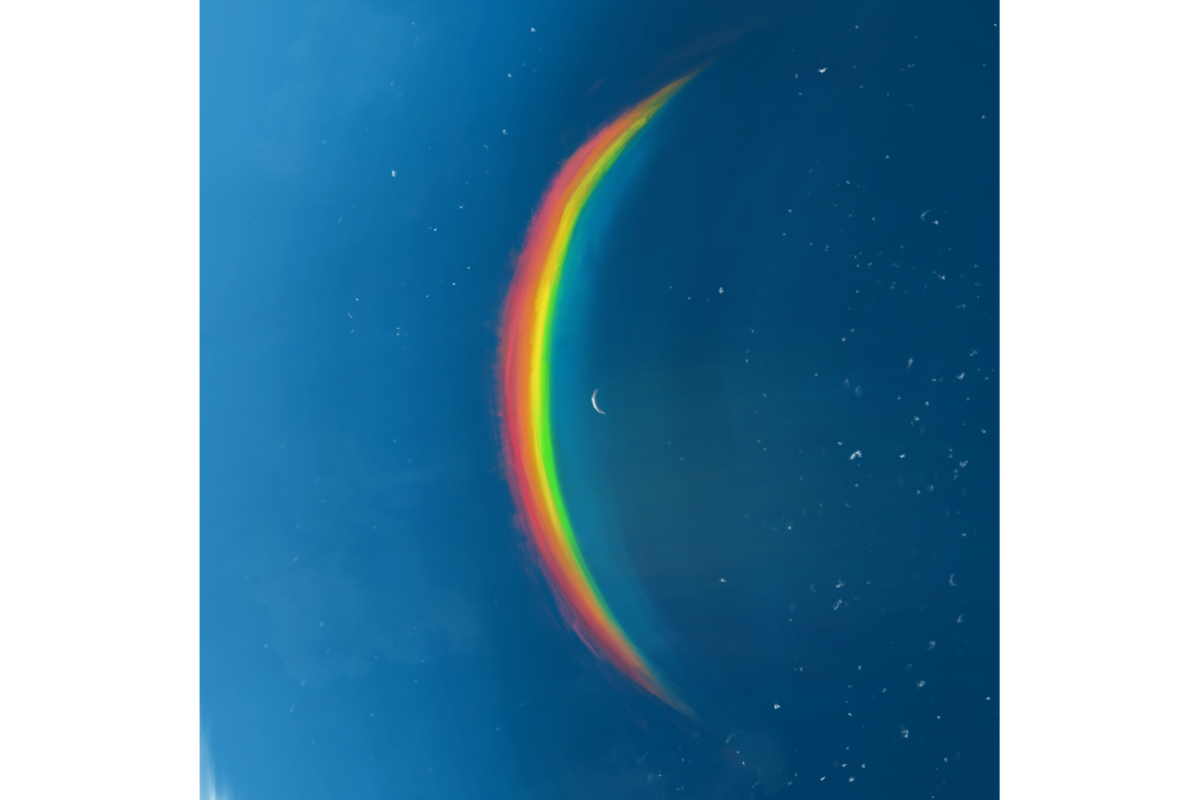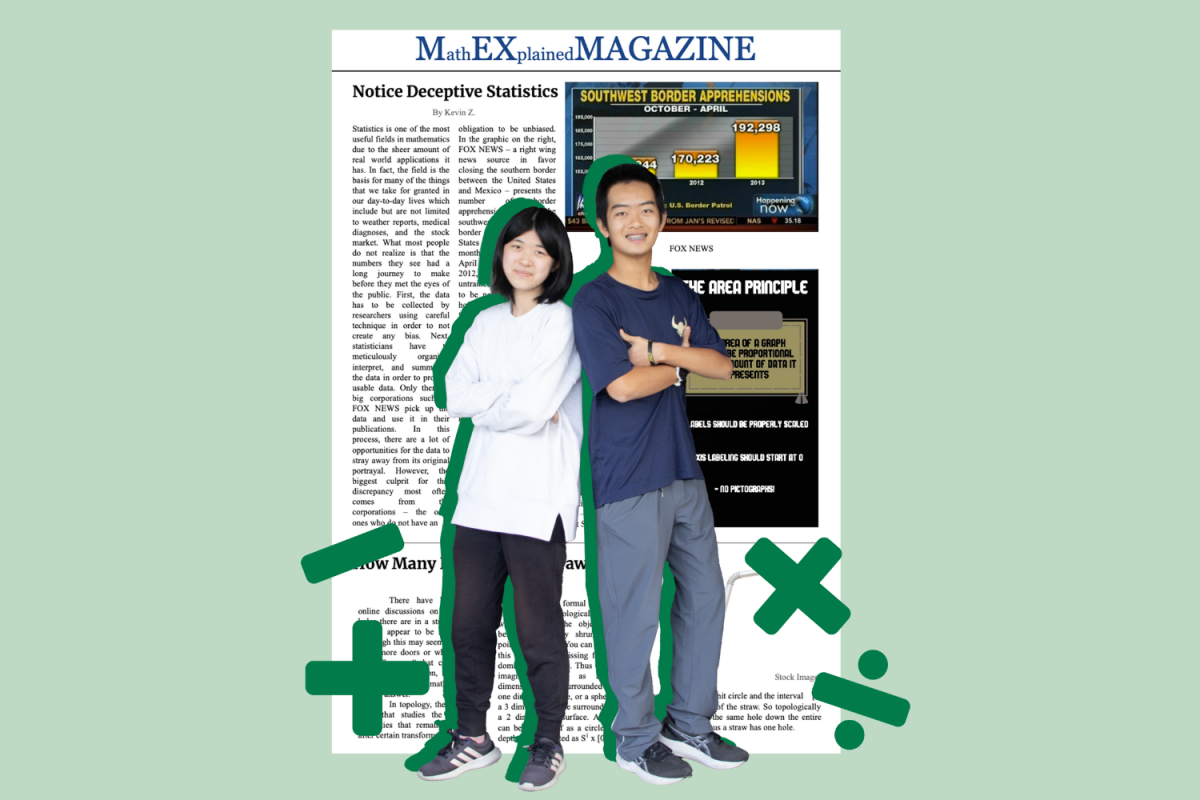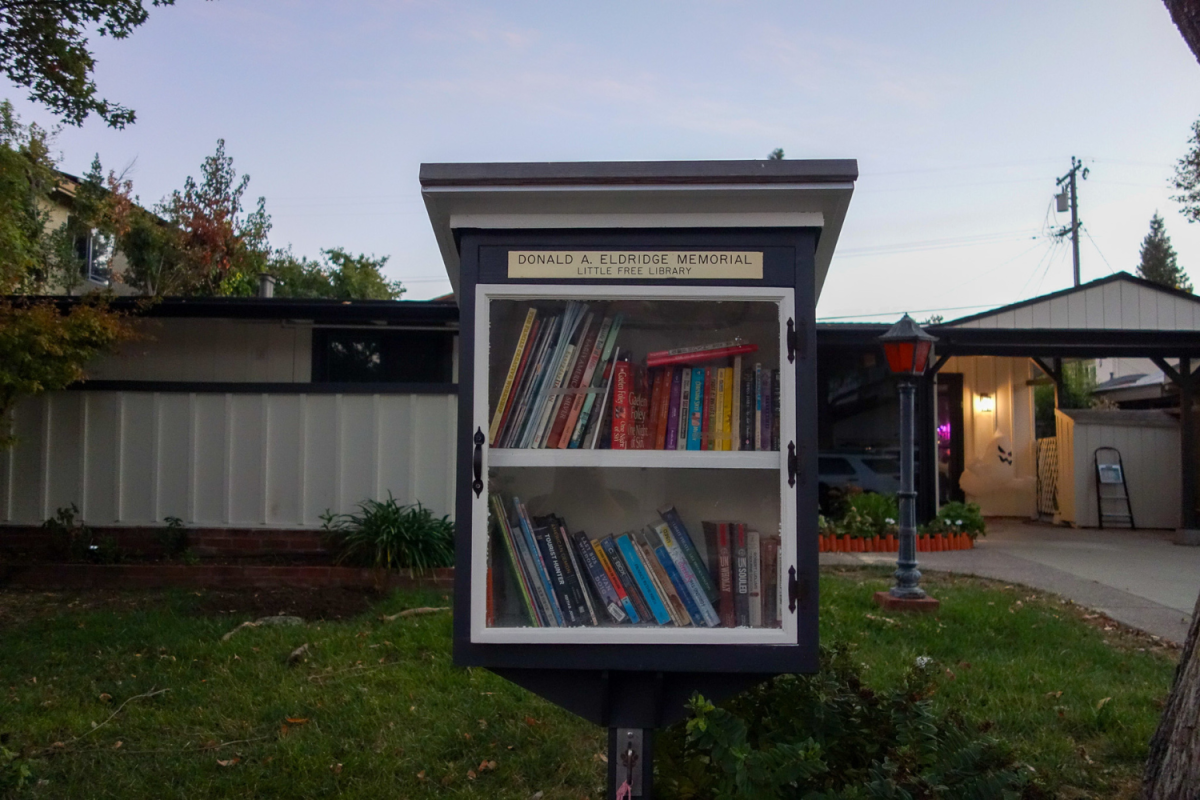Junior Aidan Chen sat in his room, scrolling through his YouTube homepage, when a video thumbnail caught his eye — an empty yellow corridor with an abnormal grainy entity. Intrigued, he clicked on the video titled “The Backrooms (Found Footage),” watching as the shaky camera panned across an expanse of smooth walls and stark ceiling lights.
This was the beginning of Chen’s interest in cinematography. He was inspired by the work of filmmakers published on YouTube, in particular the iconic Backrooms films created by Kane Pixels. “The Backrooms” was a found footage style series that was inspired by the urban legend of the same name, featuring long, narrow hallways and supernatural entities.
“I thought it was a cool concept,” Chen said. “I’ve heard of the backrooms before, but that was the first time I saw it produced well.”
Chen had previously developed art through graphite drawings before diving into 3D art. At the age of 10, he found the process of creating abstract concepts from scratch intriguing, prompting him to begin taking classes to improve his skills.
Later, Chen discovered Blender in his freshman year. Blender is a 3D creation software that can be used to animate films, add motion to graphics and create visual effects. Chen self-learned the fundamentals of the application by experimenting and watching YouTube videos online.
His creative process often starts with random ideas that come to him throughout the day. Other times, Chen goes online to websites such as Artstation, a platform for showcasing art, and finds inspiration from published works. After deciding what to create, he opens Blender and begins modeling a rough outline of a desired object. Chen might also browse through websites such as Sketchfab and Megascans to find 3D assets to use.
“My favorite part of the process is assembling all the pieces together,” Chen said. “I enjoy putting everything together and making it look nice.”
Next, he would texturize and render his models. In the beginning, Chen had difficulty efficiently rendering everything together due to his limited knowledge on Blender. He often had to cut out elements of his work in order to avoid crashing his computer. Eventually through more research and experimentation, Chen discovered better practices to optimize his workflow. Chen now renders in individual layers and composites everything together last. Render passes will then be done to transform pixelated drafts into realistic effects. Once the final render is completed, Chen takes his final project to Adobe Lightroom for post-processing.
Last year, Chen began sharing his artwork through online platforms such as Instagram.
“There was no particular reason,” Chen said. “I just thought it would be cool and might inspire others too.”
To evaluate his progress, Chen would often ask his friends for feedback on his work, addressing their critiques in each of his projects.
“I might think something is realistic,” Chen said. “But when someone else takes a look at it, they might think otherwise.”
Some of Chen’s published cinematography include “Planes over Cathedral,” “Cyber Samurai” and “Power Surge.” “Power Surge” is a short film featuring laser shooting spaceships and has garnered over one thousand views. Chen has also published still-renders such as “Celestial Nexus,” “Spaceship in the Forest” and “Nordic Cliffs.”
“I think 3D art is a great mix combining creativity and technical skill, so if you’re curious about visual storytelling or want to build things from the ground up, it’s definitely worth trying,” Chen said. “It’s also just super rewarding to see your ideas come to life in a whole new way.”




































































